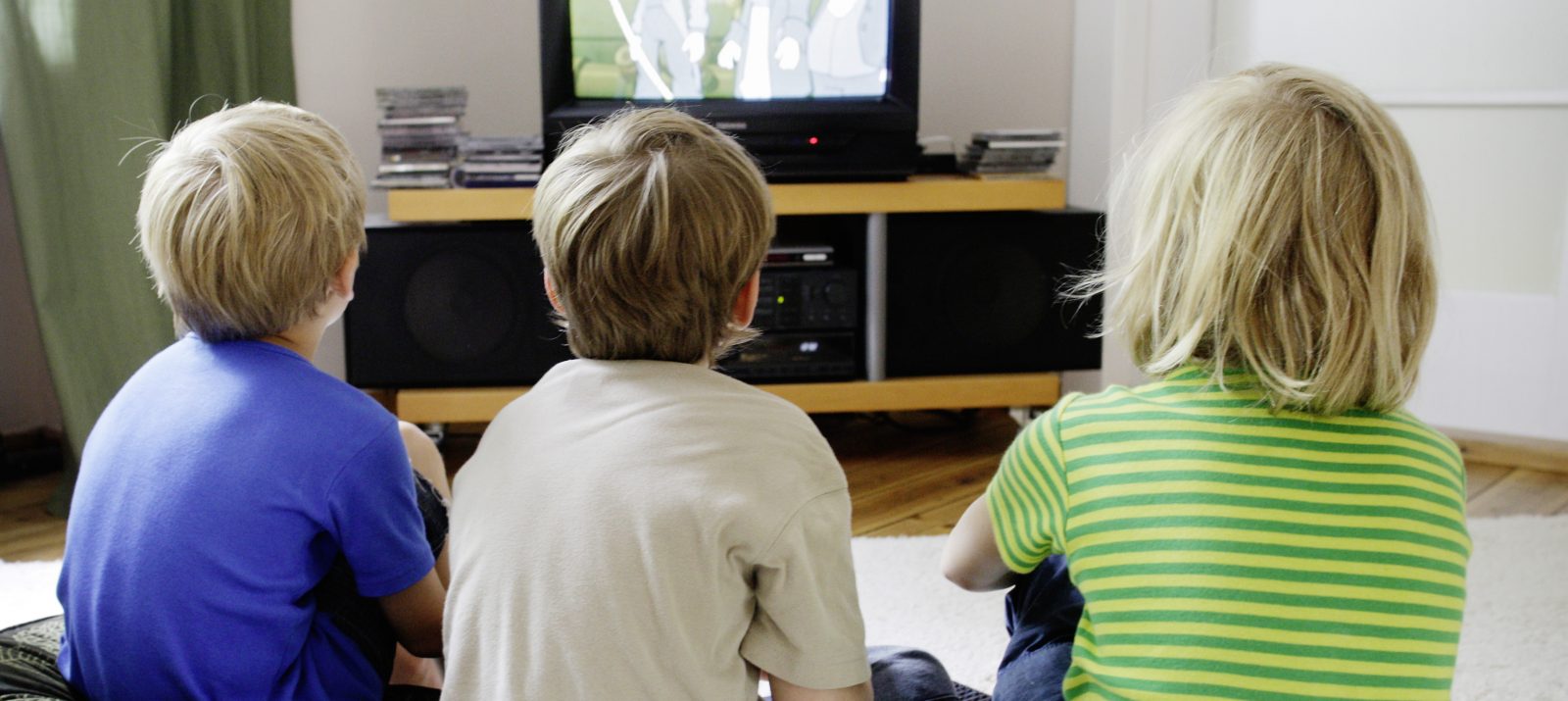
Children are exposed to violence in the media at an early age. It is not always portrayed brutally, but can also occur subliminally and rather humorously packaged, e.g. when in animated series one character hits another on the head and it gongs funny.
Media content that features action and violence seems to appeal more to boys than girls. The behavior of girls and boys is also sometimes perceived differently: Some think boys are naturally more impetuous and tend to resolve conflicts with violence.
Education and the media contribute to violence being more of an issue for boys. If boys are prone to violence – no matter how pronounced – it is perceived as less of a problem than with girls. Until a few decades ago, boys always had to be strong and should not show any feelings. Some people still think that today.
In the meantime, a change can be seen here: In many families, gender no longer plays a role in the selection of books, toys and media. Thus, what suits the character and interests of the child is selected. But there are still some families where it is normal that only boys get a bobby car or action figures to play with, while girls play with dolls. So it is then with media use. Boys may watch action-packed cartoons of superheroes at an early age, which some girls show no interest in.
Computer games that involve fighting others, such as Fortnite or GTA, are played more by boys than girls. They tend to prefer role-playing games like “The Sims” or colorful mobile games like “Candy Crush”. This is partly due to the characters in the game. You can read more about this in our article Computer games and the topic of gender.
When violent behavior is accepted among boys to some degree, they are less likely to learn how to resolve conflict in other ways. If social traits like being there for each other are rewarded, especially in girls, boys want to behave differently so as not to appear “girly.” For adults who have had such experiences in childhood, this can lead to social and sometimes psychological problems in dealing with their own feelings.
As a parent, you can help make sure your child grows up with fewer stereotypes. Pay conscious attention to your child’s behavior and support diverse role models through media choices. Actively seek out stories with alternative role models of girls and boys. From elementary school age, gender identity becomes increasingly important for a child. Therefore, it should receive a variety of offers for orientation in its development.
Do not leave fight scenes and unfair behavior in movies, series or books without comment. Talk about violence and make it clear to your child that this is not a desired behavior. Talk about why the behavior shown would be problematic in the real world. This allows them to better categorize the behavior exhibited.